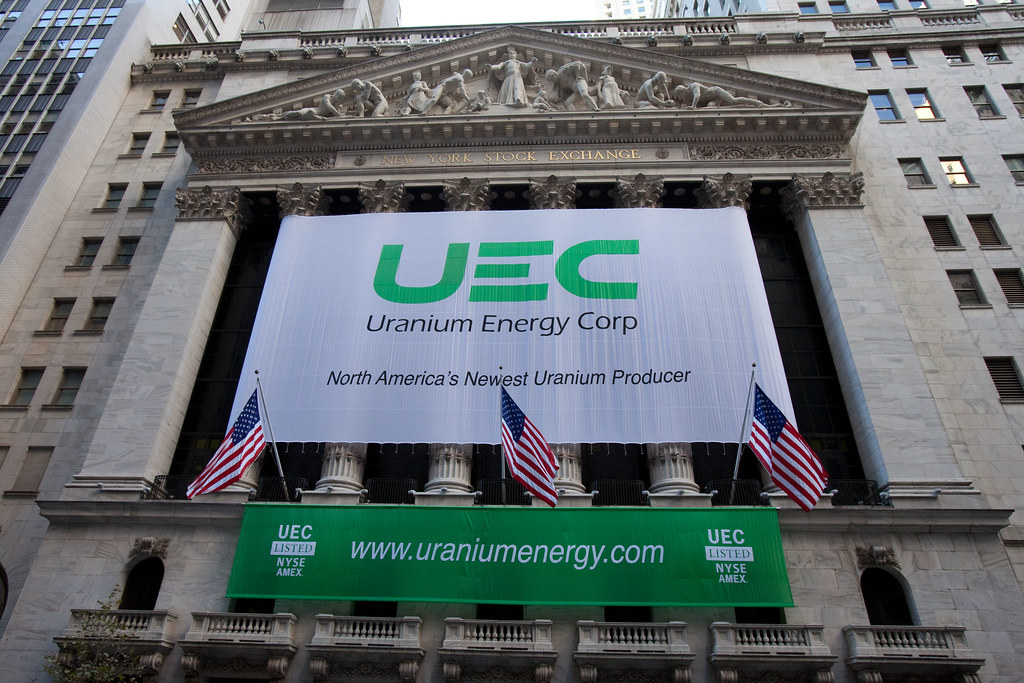
In the ancient chronicles of human innovation, a wise Homo sapien once moved a rock from the fire for warmth, unknowingly giving birth to the concept of the thermal battery. Fast forward a million years, and this simple yet ingenious idea is staging a modern-day comeback, aiming to reshape our energy landscape and bid farewell to fossil fuels. The resurgence of hot rocks, glowing brighter than the sun, is not just a symbolic return to our primal roots but holds the potential to be a pivotal force in the urgent quest for sustainable energy solutions.
The Solar-Powered Heat Revolution:
Standing next to a thermal battery resembling a small building, Andrew Ponec reveals the extraordinary heat within – a scorching 1,600 degrees Celsius or nearly 3,000 degrees Fahrenheit. What sets this box of blazing rocks apart is the source of its heat – not derived from the combustion of coal or gas, but harnessed from sunlight by thousands of surrounding photovoltaic solar panels. Ponec, the mind behind this innovation, envisions a future where hot rocks, powered by solar or wind energy, become the cornerstone of a multi-trillion-dollar energy storage sector, capable of fueling the world’s largest factories.
Simplicity in Complexity:
Ponec’s startup, Antora Energy, has its sights set on a clean energy future. Ponec, reflecting on occasional skepticism, states, “People sometimes feel like they’re insulting us by saying, ‘Hey, that sounds really simple,’ and we say, ‘No, that’s exactly the point.’” The simplicity lies in the elegance of the idea – using nature’s elements to generate and store energy, eliminating the need for environmentally harmful fossil fuels.
The Industrial Challenge:
While solar and wind power have found success in residential and automotive sectors, heavy industry’s continuous demand for energy presents a unique challenge. Ponec points out that despite the prevalence of cheap solar electricity during the day, factories cannot shut down when clouds cover the sun or the wind wanes. This underscores the urgency to clean up the energy sources of industrial heat, a challenge Antora Energy aims to address.
Hot Rocks vs. Lithium-ion:
In the realm of energy storage, hot rocks currently outshine lithium-ion batteries, holding ten times more energy globally. This advantage is attributed to an 1800s invention known as Cowper stoves, often found in smelting plants. Antora and other startups, like Rondo, experiment with different rocks and materials to create efficient thermal batteries. Graphite, found abundantly in pencils, emerges as a promising candidate, capable of storing immense heat, even glowing hotter than the sun.
The Race for Sustainable Solutions:
Antora Energy, backed by $80 million in seed funding, faces competition from Rondo, another Bay Area startup. Rondo employs abundant refractory brick, a cost-effective alternative to graphite. Both companies aim to redefine the energy storage landscape, offering alternatives to traditional batteries that can store both power and heat.
A Carbon-Free Future:
As the world pivots towards a carbon-free future, Tesla predicts an astonishing 240 terawatt-hours of energy storage. John O’Donnell, CEO of Rondo, predicts that more than half of this capacity will come from heat batteries, owing to the accessibility of raw materials. These thermal batteries present an opportunity for manufacturers to sidestep lengthy grid connection waits and upgrades, potentially revolutionizing industrial energy consumption.
The End of Fossil Fuels:
Experts, like Jesse Jenkins from Princeton University, believe in the potential of hot rocks and similar long-duration storage technologies. The ability to store both power and heat positions them favorably in the larger industrial sectors. The simplicity and scalability of this solution make it appealing to infrastructure finance, setting the stage for a gradual but inevitable transition away from fossil fuels.
As Antora Energy, Rondo, and other innovators venture into the uncharted territory of industrial-scale thermal batteries, the world witnesses the dawn of a new era in clean energy storage. The potential to harness the raw power of hot rocks, fueled by renewable energy sources, not only marks a technological milestone but also holds the promise of reshaping our energy landscape. The transition to cleaner alternatives becomes inevitable, as the visionary leaders behind these ventures navigate towards a future where sustainability triumphs over environmental degradation.







